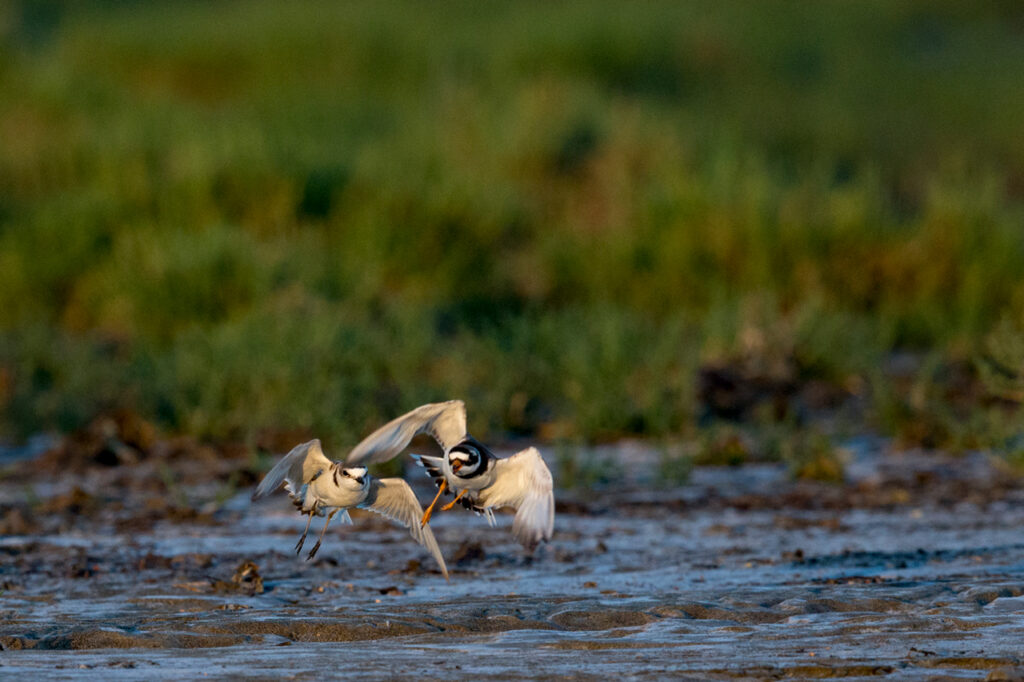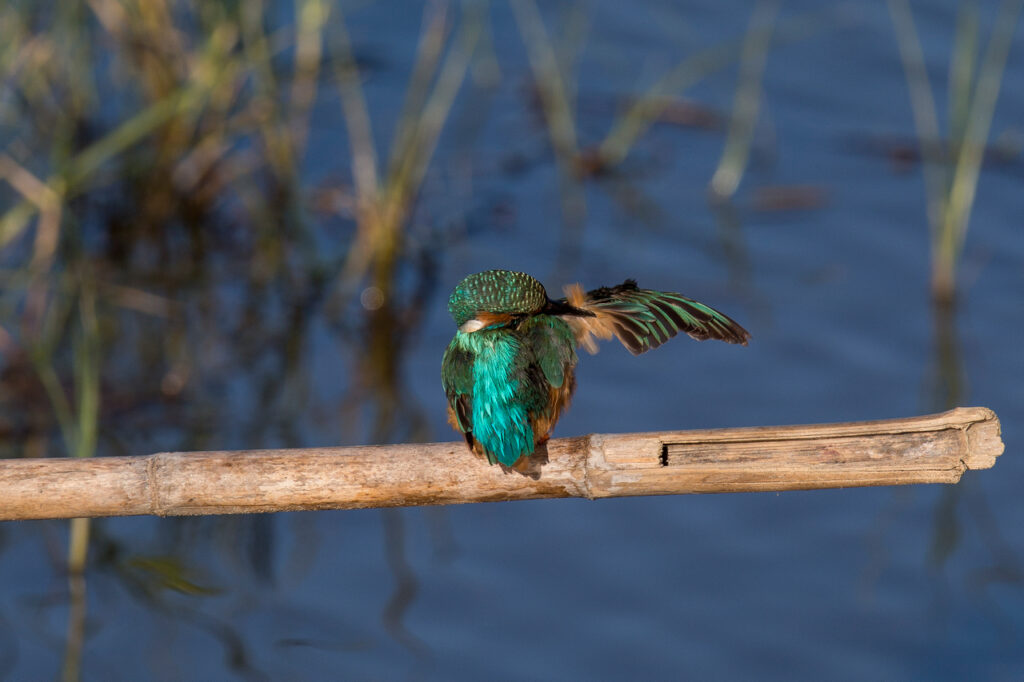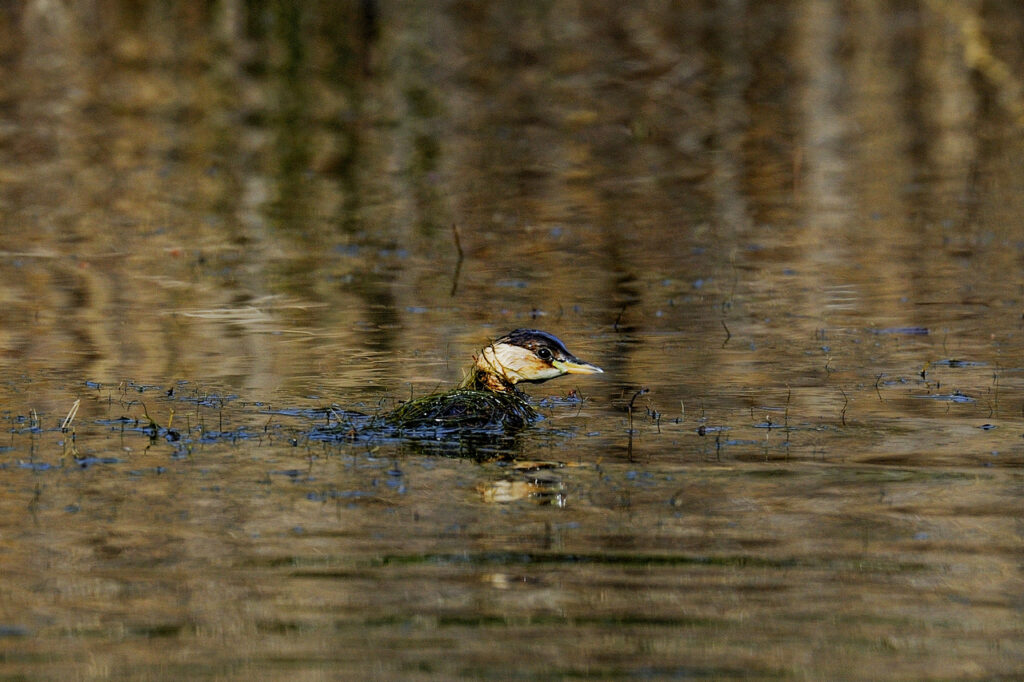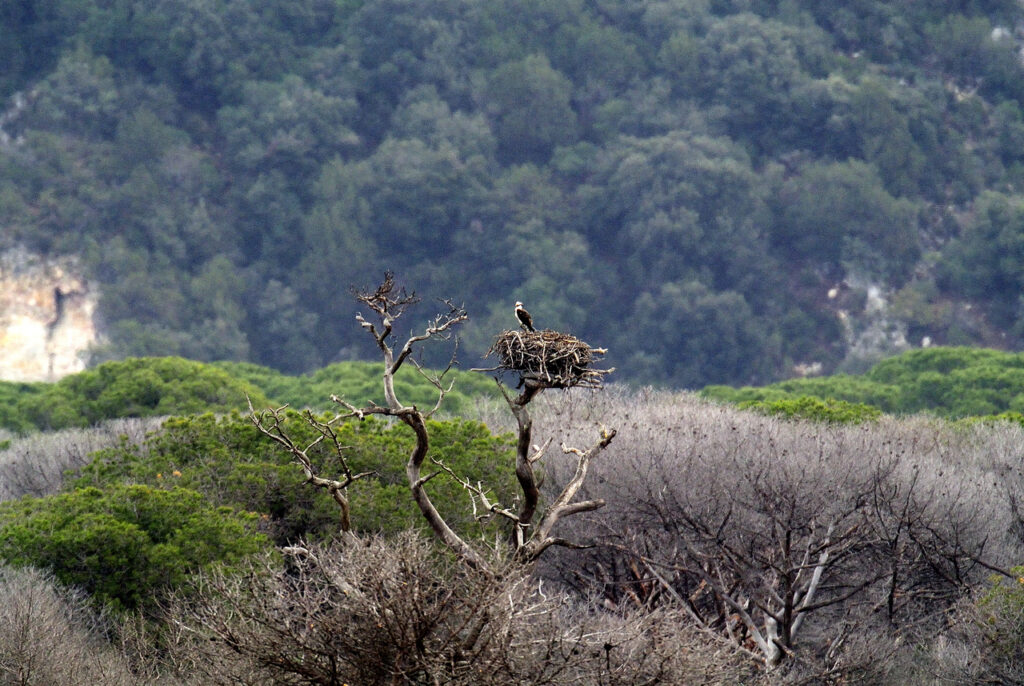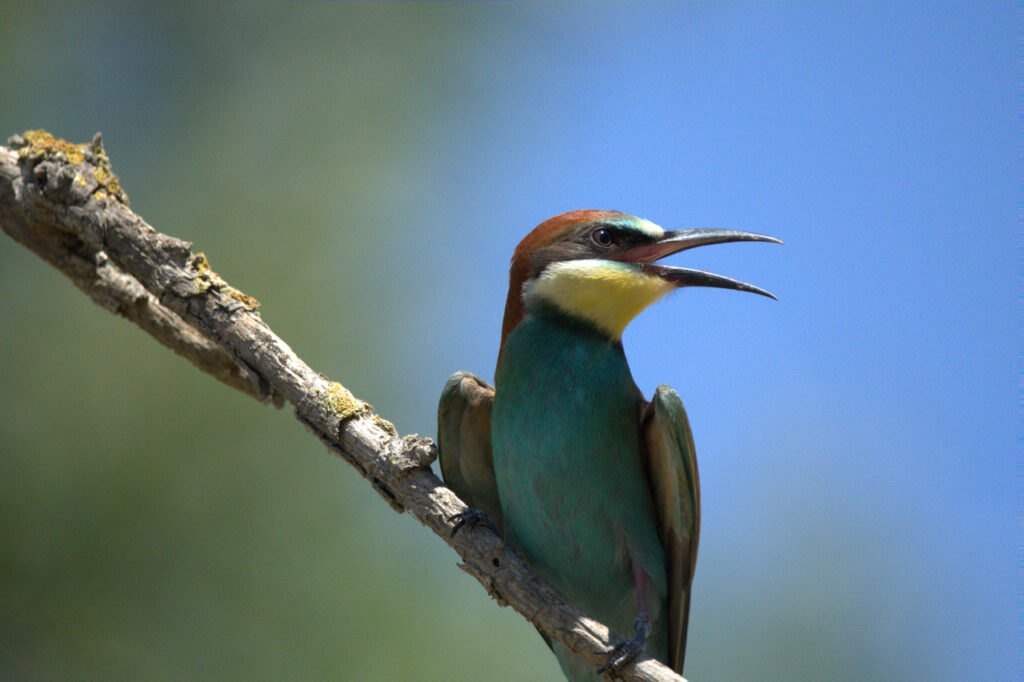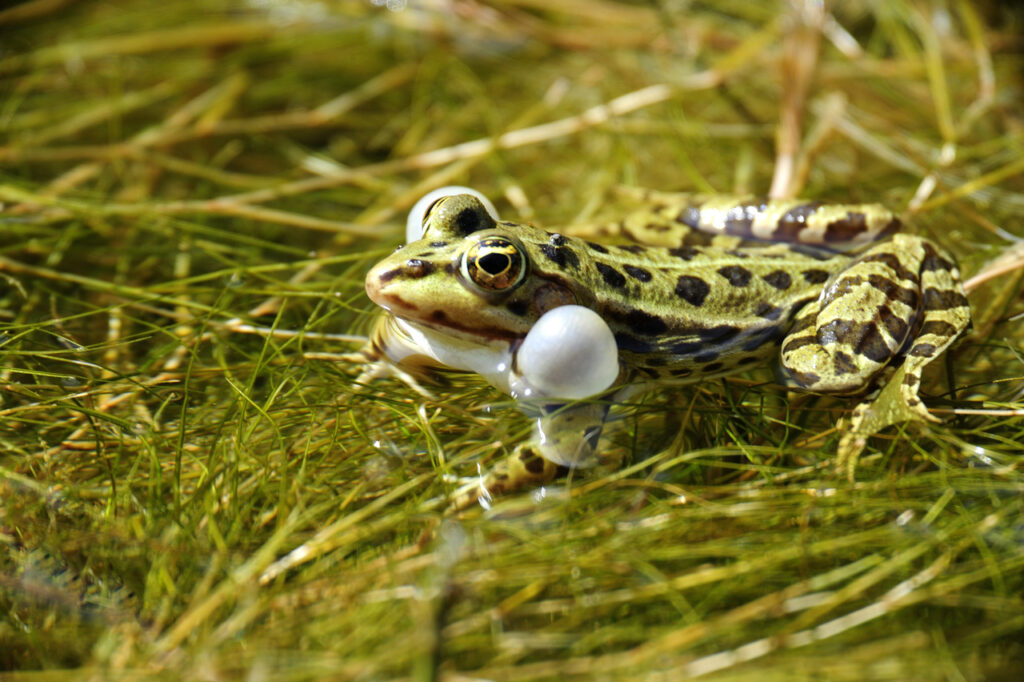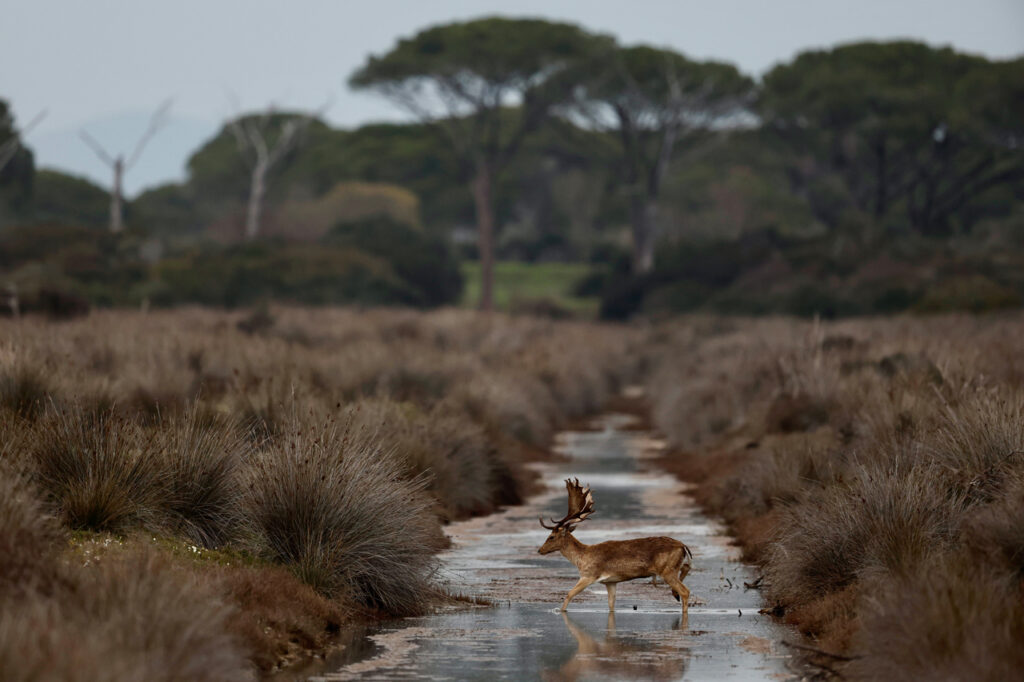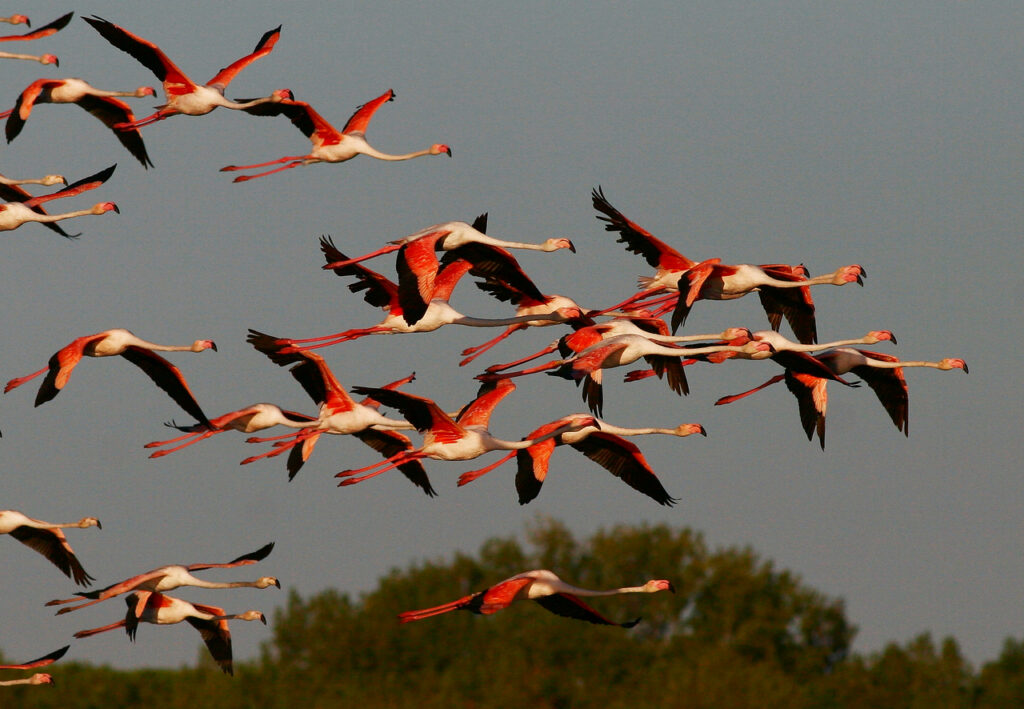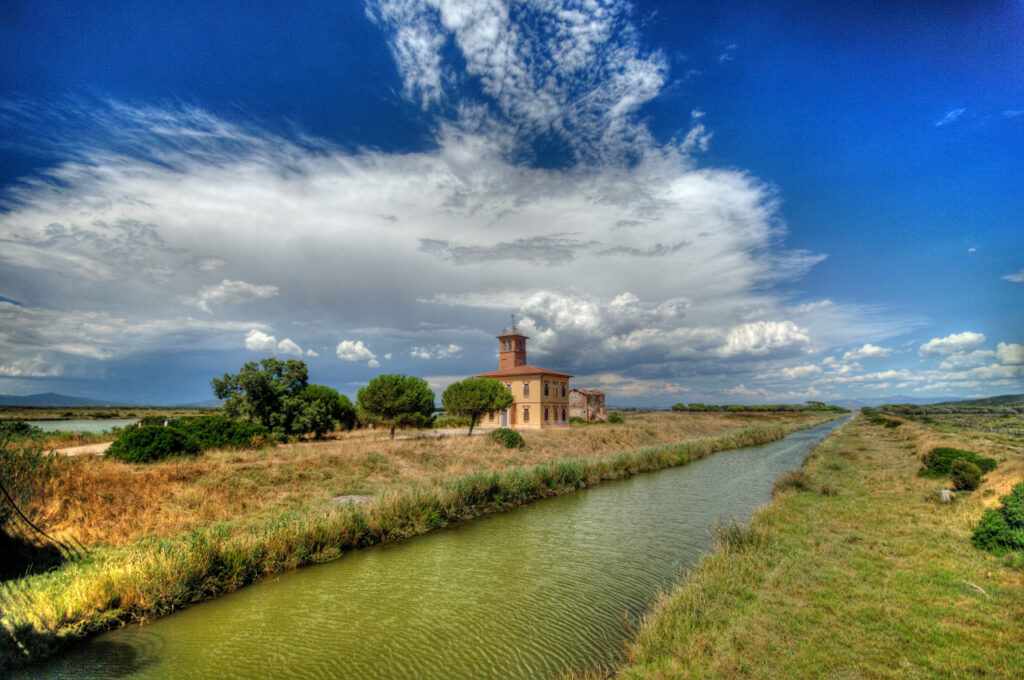The Maremma before the land reclamation
Until the time of land reclamation, carried out between the beginning of the 19th century and the 1930s, almost all the Maremma plains were full of swamps and seasonal waterlogging of all sizes. They ranged from the gigantic marshes of Castiglione, a remnant of the even larger Prile lake of antiquity, to the “chiari” created by the periodic flooding of the Ombrone, such as those typical of the Tenuta dell’Alberese. Like all wetlands, they were environments of extraordinary biological productivity. Thanks to the presence of water and the rapid recycling of the mineral salts contained in the dead organic substance, the reproduction and growth of plankton algae and plants were very rapid. The plant mass thus fed a swarm of small crustaceans, fish, aquatic insects and insect larvae, which in turn were food for enormous numbers of larger animals, especially birds. During the summer these environments were infested by malaria, but in the winter they were frequented for centuries by hunters, who made very rich spoils, which are difficult even to imagine today.
Today’s wetlands
Reclamations have eliminated that world, but 700 hectares of humid environments, now free from malaria, are still preserved in the northern part of the Park territory, within a semi-natural or agricultural landscape that has the final stretch of the Ombrone river at its centre.
The wooded banks of the Ombrone are what remains of the humid lowland forest that until reclamation covered all the Maremma plains, and are therefore a very important ecological corridor that connects the Park territory to the internal areas of the Apennines. The wolves who repopulated it probably came from here. Minor ecological corridors, and as many refuges for fauna, are the banks of the many reclamation canals that drain the waters of the plain.
To the north of the river, in an integral reserve area, is the large Trappola swamp, which escaped reclamation because it was a private hunting reserve. With the autumn rains, the water accumulates to a height of just over a meter in large depressions which were originally an old bed of the Ombrone river, whose mouth then moved further south around the eighteenth century. On these waters, from November to early March, thousands of cranes and wild geese come to winter, together with groups of ducks and flamingos that continually move between here and the Diaccia Botrona nature reserve, which is what remains of the marshes of Castiglione. The birds thus share the area with foxes, wild boars, deer and wolves, as well as with herds of grazing Maremma cattle. Unfortunately, between the end of the 1960s and the beginning of the 1970s the otter became extinct. Except for some deeper “lights”, in summer the Trappola swamp dries up, and the landscape, for those who have seen it in winter, is unrecognizable.
To the south, however, in the vicinity of Bocca d’Ombrone, where there were once salt pans, many stagnant waters form in the winter season, while at the foot of the Uccellina hills there is the Scoglietto-Scoglietto canal, which after the silting of the mouth into the sea was transformed into a narrow but very long swamp, and one of the few places in the park where animals can find water in every season.
The seasons of birds
Wetlands are environments of ecological, even global, importance, especially for birds.
In spring, dozens of species of birds from Africa pass through here, and some stop to breed. These are mostly waders, i.e. birds that hunt small invertebrates on the muddy banks, such as curlews, piping plovers, redshanks or sandpipers, fish-eaters in the sea such as cormorants, sandwich terns, great terns and black-legged terns, as well as swallows, bee-eaters, rollers, kingfishers and nightingales. In summer the marshes are inhospitable to humans, due to the heat and insects, but they represent a paradise for birds. At the end of the summer these birds gather and return to Africa.
The early autumn rains fill the marshy areas, and within a few weeks many species of Northern European waterbirds arrive to spend the colder months here. In the humid areas and in the open plain of the Park, one of the largest concentrations in Europe of cranes and wild geese gathers, as well as numerous ducks such as mallards, teals, shovelers and pochards.
During the spring and autumn migratory periods, many other bird species stop here for a break. For them, the humid areas of the Park are like an island in the sea, or an oasis in the desert, where they can stop for a few hours or a few days and regain their strength without being disturbed.
However, many ardeids stop there all year round: gray heron, little egret, cattle egret.
The return of the osprey
In the salt pans of San Paolo, near Bocca d’Ombrone, in a clearly visible nest at the top of a dry pine, the osprey came to breed in 2011. It hasn’t happened in Italy for almost fifty years. This splendid bird of prey, which catches fish in the sea or in fresh water by diving to a depth of one to one and a half metres, had become extinct due to poaching, predation of eggs and nestlings and the degradation of coastal habitats.
Its return is the result of a human-operated reintroduction, which began in 2006 and was repeated every year in June until 2010, with chicks coming from nearby Corsica. Once the small falcons grew up, at the end of the summer they migrated south to spend the winter in the heat on the coasts of Sicily, North Africa and Andalusia. The researchers were able to follow their movements thanks to the colored recognition rings and above all thanks to a GPS/GSM transmitter which returned the data of the migratory journeys. In 2011, one of the first year chicks, now an adult, found a female and reproduced right in the Maremma Park, producing the first two “Italian” chicks over 48 years after extinction. Since then there has been a gradual increase in pairs along this part of the Tuscan coast, and today the Italian osprey population numbers 7-8 pairs. The hope is to reconstitute a single stable population between Tuscany, Corsica and Sardinia. A fundamental contribution to guaranteeing the future of a species of which there are only about a hundred breeding pairs left throughout the Mediterranean.
WHAT TO KNOW
WHERE TO GO

